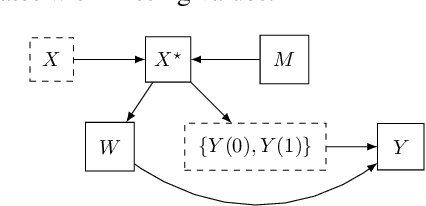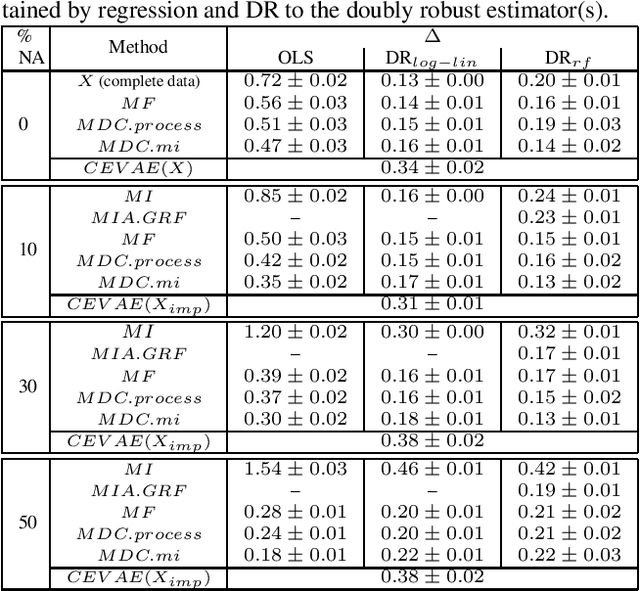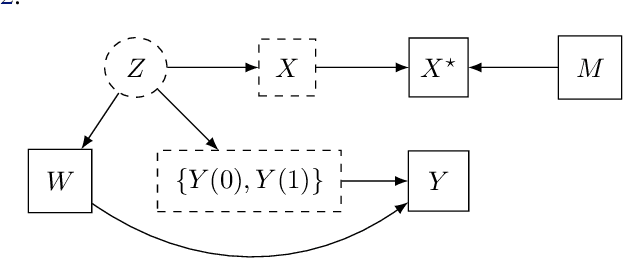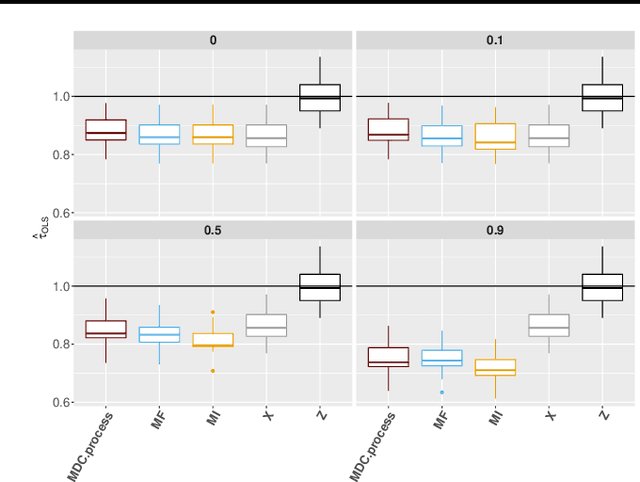Imke Mayer
FedECA: A Federated External Control Arm Method for Causal Inference with Time-To-Event Data in Distributed Settings
Nov 28, 2023Abstract:External control arms (ECA) can inform the early clinical development of experimental drugs and provide efficacy evidence for regulatory approval in non-randomized settings. However, the main challenge of implementing ECA lies in accessing real-world data or historical clinical trials. Indeed, data sharing is often not feasible due to privacy considerations related to data leaving the original collection centers, along with pharmaceutical companies' competitive motives. In this paper, we leverage a privacy-enhancing technology called federated learning (FL) to remove some of the barriers to data sharing. We introduce a federated learning inverse probability of treatment weighted (IPTW) method for time-to-event outcomes called FedECA which eases the implementation of ECA by limiting patients' data exposure. We show with extensive experiments that FedECA outperforms its closest competitor, matching-adjusted indirect comparison (MAIC), in terms of statistical power and ability to balance the treatment and control groups. To encourage the use of such methods, we publicly release our code which relies on Substra, an open-source FL software with proven experience in privacy-sensitive contexts.
MissDeepCausal: Causal Inference from Incomplete Data Using Deep Latent Variable Models
Feb 25, 2020



Abstract:Inferring causal effects of a treatment, intervention or policy from observational data is central to many applications. However, state-of-the-art methods for causal inference seldom consider the possibility that covariates have missing values, which is ubiquitous in many real-world analyses. Missing data greatly complicate causal inference procedures as they require an adapted unconfoundedness hypothesis which can be difficult to justify in practice. We circumvent this issue by considering latent confounders whose distribution is learned through variational autoencoders adapted to missing values. They can be used either as a pre-processing step prior to causal inference but we also suggest to embed them in a multiple imputation strategy to take into account the variability due to missing values. Numerical experiments demonstrate the effectiveness of the proposed methodology especially for non-linear models compared to competitors.
 Add to Chrome
Add to Chrome Add to Firefox
Add to Firefox Add to Edge
Add to Edge